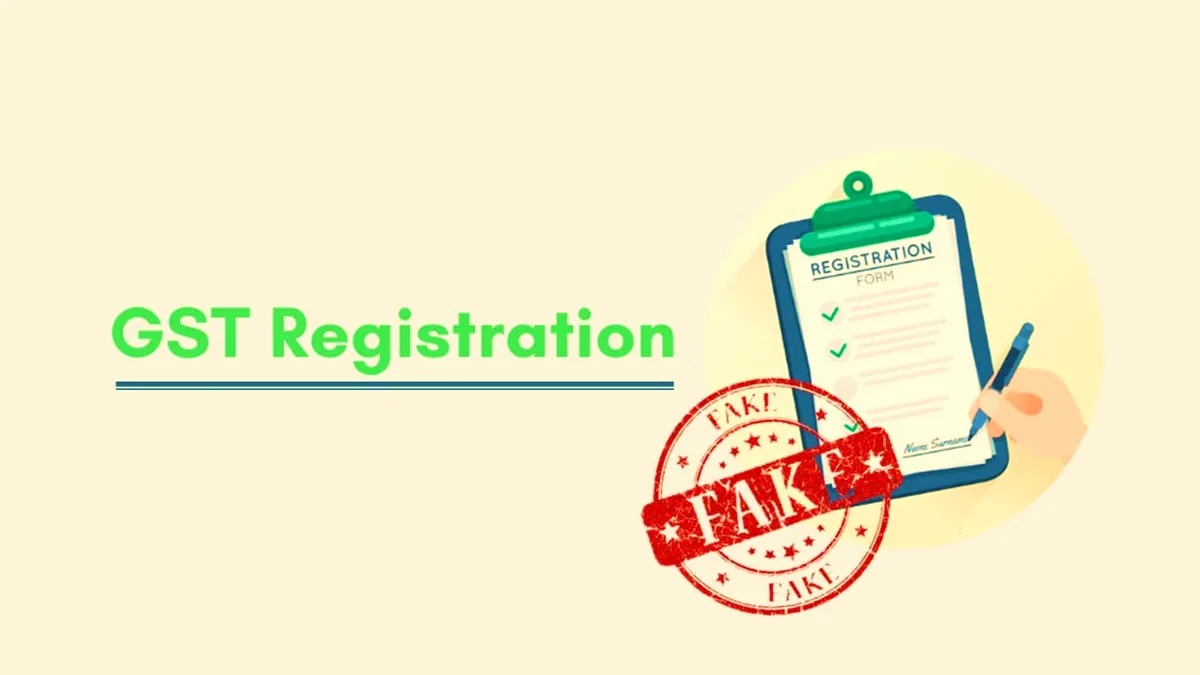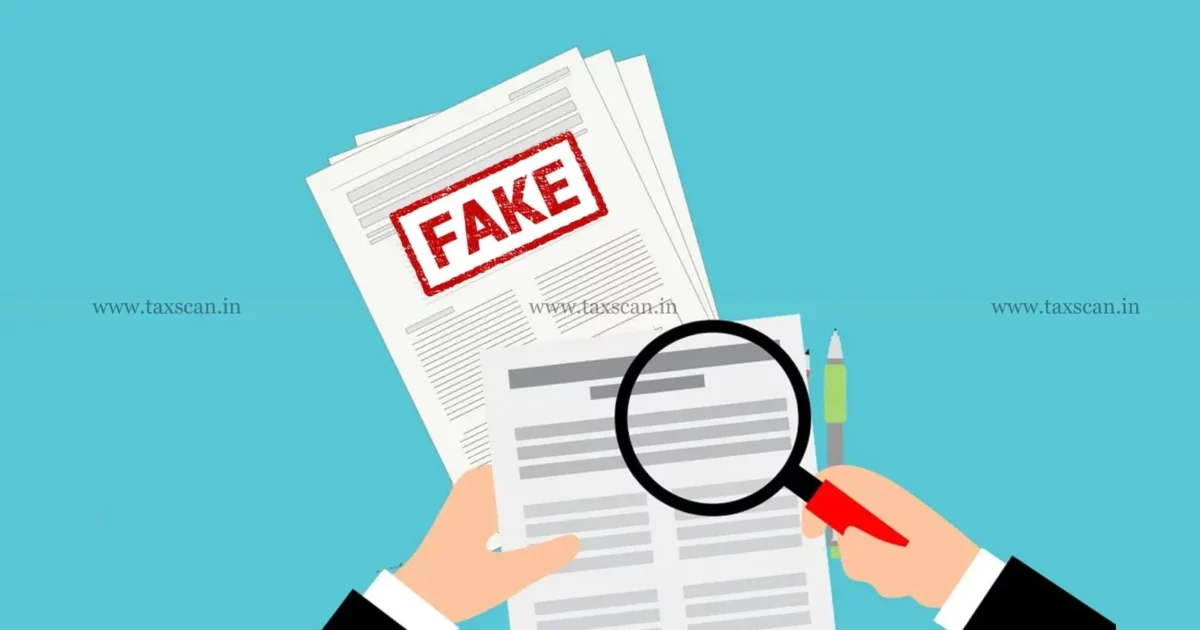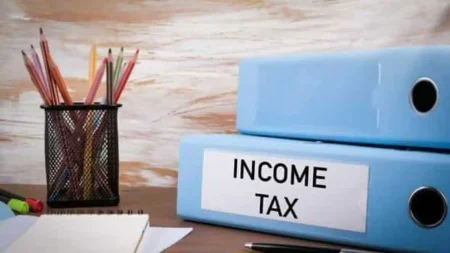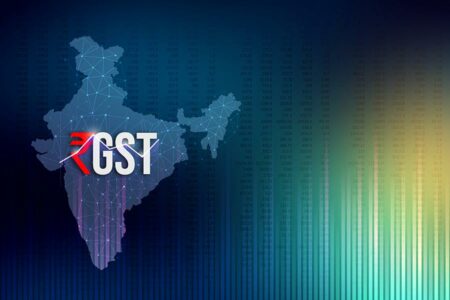
To tackle the growing issue of fake GST registration and fraudulent practices, the Central Board of Indirect Taxes and Customs (CBIC) in India has proposed the implementation of biometric authentication and geo-tagging for risky entities under the Goods and Services Tax (GST) system. With over 12,000 bogus entities identified across the country, the CBIC aims to curb these fraudulent activities and protect the exchequer.
The Rising Cases of Fake GST Registration
The misuse of PAN and Aadhaar details of individuals has led to a surge in fraudulent cases of GST registration. To address this alarming trend, CBIC Chief Vivek Johri has emphasized the need for stricter measures and proactive steps. The recent drive against fake registration has unveiled around 12,500 bogus entities exploiting the system to fraudulently claim Income Tax Credit (ITC) and evade taxes.

Biometric Authentication: A Key Measure
As part of the proposed plan, the CBIC intends to introduce biometric authentication for new registration applicants and existing registered firms. If tax officers suspect that an entity is being set up solely to manipulate ITC claims, the authorized representatives or directors would be required to undergo biometric verification. This additional layer of security aims to deter fake registrations and ensure the authenticity of entities operating under the GST system.

Geo-Tagging for Enhanced Verification
In addition to biometric authentication, the CBIC is planning to make geo-tagging mandatory for all GST-registered firms. By geo-tagging entities, tax officers can verify the accuracy of the address provided during GST registration. This measure aims to prevent entities from misrepresenting their locations or providing false addresses, thereby further deterring fraudulent practices.
Trial Phase and Nationwide Implementation
To assess the effectiveness and potential repercussions of these measures, the CBIC has initiated a trial phase in select states. Biometric authentication and geo-tagging have been implemented in these regions to evaluate their practicality and impact. Once the trial project’s results are considered, the CBIC plans to launch the nationwide implementation of these measures, thereby strengthening the GST registration system across the country.
Identifying Hotspots of Fake Entities
The CBIC has identified certain regions with a high concentration of fake entities in their GST registration. States such as Haryana, Rajasthan, and Delhi have reported rampant cases of fraudulent registrations.
Additionally, areas in Gujarat, Noida, Kolkata, Assam, Telangana, Tamil Nadu, and Maharashtra have also been flagged as having fake businesses with GST registration. Notably, sectors like metal or plastic scrap and waste paper, as well as manpower services and advertising services, have witnessed instances of fake billing.

Tightening Norms to Control Fake ITC Claims
To limit the scope for fake ITC claims, the tax authorities have already made efforts to tighten the system. However, CBIC Chief Vivek Johri acknowledges that some latitude remains for taxpayers to manipulate the amount of ITC they claim in GSTR-2A. To address this concern, the CBIC plans to examine ways to further enhance the editing facilities in the ITC system, aiming to reduce instances of fake applications.
Conclusion
The CBIC’s proactive approach to combat fake entities in GST registration is commendable. By proposing the implementation of biometric authentication and geo-tagging, the CBIC aims to deter fraudulent activities and protect the exchequer from revenue losses. With the identification of over 12,000 bogus entities, it is crucial to implement robust measures to ensure the integrity and transparency of the GST registration process.
It is imperative for the CBIC to continue its vigilant efforts in tracking and eliminating fake registrations, thereby fostering a fair and compliant business environment. Through these measures, the government can not only protect its revenue but also promote a level playing field for businesses, ultimately contributing to the overall economic growth of the country.













